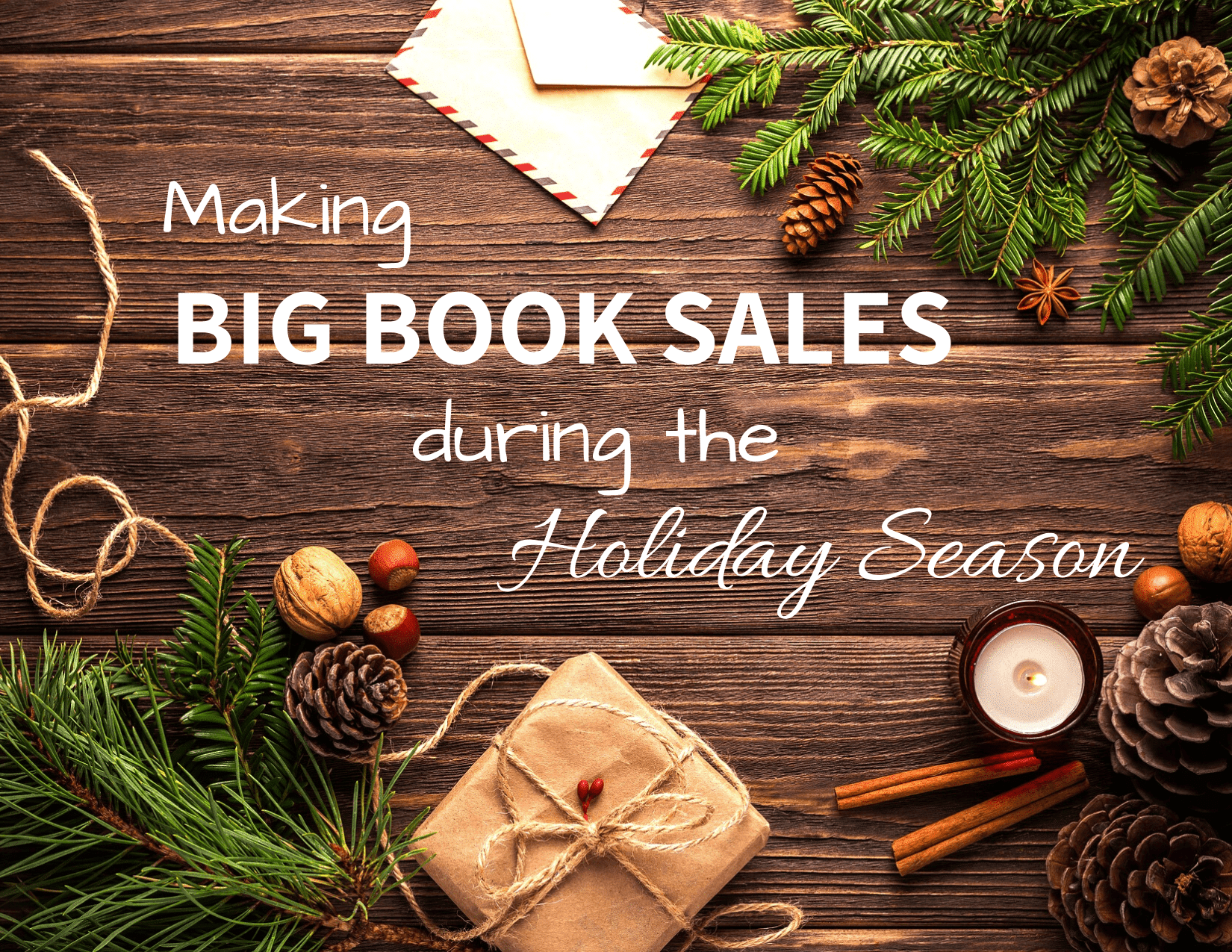
You’re reading a blog post now. That means you either opened an email, clicked on a social media link, or found this on Google. FWA’s marketing plan is working—you found us! Now how can you get readers to find you online, and even better, buy your books? The three must-haves for an author’s digital marketing plan include: a website, blog, and newsletter. Let’s take a look at all three and how they work together.
Your Author Website
This is your home base. Anyone can find you there, and it is always available. A Facebook or Amazon author page is not sufficient as your main website. Why? Because you are limited by their constraints as to what can be there, and more importantly, it is their site. They can choose when people see your content and can delete your page as they see fit. You need to have a place you control completely.
There are many web hosts that offer personal websites for free. You can check out Weebly, Wix, and Word Press to get started. These offer easy templates to use to make a website. Watch the tutorials and play around with different themes. Practice making pages, adding images, and inputting text. Don’t worry about your website being fancy when you first start. It’s more important that it’s there!
What should be on an author website? Your home page should show what genre(s) you write and have a picture of you. If you aren’t published, you can talk about what you enjoy writing and what you are currently working on. You should also have an “About” tab for more information about you, a “Contact” tab where people can reach you, and a tab for your blog. As your career as an author continues, you can have more tabs for your books, awards, services, and event calendar. Here is my author website as an example, as well as my favorite author Ilona Andrews. You may notice I don’t have my blog on my author website. That’s because it’s on my company website where I have my store. This is the site where I want to draw people in.
Your Blog

The blog on your website is the carrot that brings people to your site. This FWA post brought you to our site. You may explore more content, decide to become a member, or perhaps sign up for a webinar or two. The blog is the free content we offer showcasing our organization. You want to show off what you have to offer as an author.
Start by thinking about who your audience is. What type of content would they like to see? If you are writing fantasy, perhaps you can start a blog written from the perspective of a dragon character in your books. Some example posts include “A Dragon’s Guide to Covid-19 Facemasks,” “Dragon Dating Tips,” and “The Delicate Art of Roasting Marshmellows with your Breath.” The humor and unique angle will be a draw for people. The theme is also something you could write many posts about. When deciding on the theme for your blog, be sure to:
- consider your audience
- have a direct connection to the books you write
- select something unique and interesting for your readers
- have a theme you can write many, many posts about
A great example of an author blog is from Dan Koboldt. He writes science fiction and the theme for his blog is “putting the science in science fiction.” He posts about specific topics he has researched and how to (or how not to) integrate them into fiction. His sizable following enjoys the science element in the blog and also reads science fiction. He is reaching his audience. Marketing success!
Your Author Newsletter
This is how you keep in touch with your readership. Services like Constant Contact and Mail Chimp make it easy to build an email list. They are also free for up to one thousand subscribers. Make sure that you are using a service and not doing a mass email from your personal account. Legally, people need a way to unsubscribe from your list, and a mass email from you does not give that option.
What types of things can you put in your newsletter? Blog posts make for easy email content. You can also share updates on your projects, book recommendations, giveaways, and your ultimate goal–ways to purchase your books. Be sure you are not always emailing “buy my book” content. People will ignore your emails or unsubscribe. Your emails need to provide value and give a reason for subscribers to open them.
There are two important statistics for email marketing: your open rate and your click rate. Your open rate is how many people are opening your email and reading it. A good open rate is around 25-30% of your subscribers. The click rate is how many people are clicking on links, such as an Amazon link to your book. A good click rate is 3-5%. As you can see, not everyone will be reading and interacting with your emails. That is completely normal.
Websites, Blogs, and Newsletters Working as a Team
This may seem like a lot of work, but when all three of these are in place, you will attract and grow a steady audience. Make things easy for yourself by developing a workable schedule. How often can you blog? Once a week? Twice a month? Whatever you decide, just make sure it’s consistent. The same goes for your author newsletter. Whatever schedule you pick, stick to it. Consistency is the key to success with blogging and newsletters.
Utilize SEO strategies for your blog. This will attract new readers. Check out this post by FWA blogger Erik Deckers on how to optimize your blog posts for search engines. I have one blog post on picture book word count where I used these simple strategies, and it consistently brings in around 500 people a month from Google to my site. You can also reach readers by using hashtags when you share your blog posts on social media. Research popular hashtags for your genre and use them on Instagram, Twitter, Facebook, and any other social media you use.
Once you’ve brought people to your site through your blog posts, you want to keep in contact by having them sign up for your newsletter. Make sure you have a newsletter sign up on every page of your website and on your “Contact” page. Entice your readers by offering some type of freebie if they sign up, a first chapter, a short story, or something else of interest. If you clicked on one of my website links above, you may have noticed my pop up. Pop ups may have a bad reputation, but they work well. I have the settings set to only show my pop up to a person once a month so it isn’t annoying. You can get a pop up plug in for your site for free with Sumo.
There are many more tips and tricks with each of these elements, but hopefully this is enough information to get you started. Be patient with yourself as you learn and check out the Book Marketing posts on the FWA blog for more help. Once you get your trifecta in place, you’ll see the fruits of your labor as your audience grows and grows!


A.Malone
A wealth of information for the uninitiated Newbie like myself.
Arielle Haughee
So glad you found it helpful!
Kate McClare
Thank you for sharing your considerable knowledge. Which do you think a new, relatively unpublished, writer should start with? Blog or website? (I don’t have quite enough to report in a newsletter yet.)
My website is under renovation, by the way.
Arielle Haughee
Hi Kate,
That’s a great question. I would say to focus on your website first and just get the basics taken care of. Then you can figure out how to add on a blog.
James Whitehead
Refreshing, challenging, scaring! But full of good advice and sets up a sense that it is worth the pain of writing, marketing and self development.
Arielle Haughee
Don’t be intimidated! Just focus on setting up one thing at a time. :o)
Niki Kantzios
Great practical advice. The writing is easy, but getting your books in front of readers is a nightmare!
Arielle Haughee
Thank you! Marketing is a lot of work, it’s true.